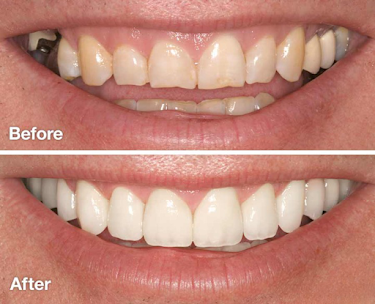Guide to Choosing the Right Dentist
Choosing the right dentist is a crucial step in maintaining
good oral health. A skilled and trustworthy dentist not only ensures the
well-being of your teeth and gums but also makes dental visits a more
comfortable experience. With numerous options available, finding the perfect
fit for your needs can be overwhelming. This guide will help you navigate the
process of selecting the right dentist.
1. Understand Your Needs
Before beginning your search, consider your specific dental
requirements. Are you looking for routine check-ups and cleanings, or do you
need specialized services like orthodontics, cosmetic dentistry, or dental implants? Identifying your needs will narrow down your options and help you
focus on dentists with the expertise to meet them.
2. Research and Recommendations
Start by gathering recommendations from friends, family, or
colleagues. Personal experiences can provide valuable insights into the quality
of care and service. Additionally, research online reviews and ratings for
local dental practices. Websites like Google Reviews, Yelp, and Healthgrades
can offer a wealth of information about patient satisfaction and office
environments.
Ensure that the dentist you are considering is licensed and
qualified. Check their educational background, certifications, and any
specialized training. Membership in professional organizations like the
American Dental Association (ADA) is often a good indicator of a dentist’s
commitment to maintaining high standards of care.
Convenience matters when it comes to choosing a dentist.
Consider the location of the office and its proximity to your home or
workplace. Additionally, check the office hours to ensure they align with your
schedule. Flexible hours, including evenings and weekends, can be a significant
advantage.
5. Assess the Range of Services
Different dental practices offer varying services. If you
have specific needs, such as pediatric dentistry or advanced cosmetic
procedures, ensure the dentist provides these services. It’s also beneficial to
choose a practice that offers comprehensive care, so you don’t need to visit
multiple locations for different treatments.
6. Consider Technology and Techniques
Modern dental technology can enhance the quality and comfort
of your care. Inquire about the equipment and techniques used by the dentist.
Practices that invest in advanced tools, such as digital X-rays, laser
dentistry, and intraoral cameras, often provide more accurate diagnoses and
efficient treatments.
7. Evaluate Communication and Comfort
A good dentist should be approachable, patient, and willing
to answer your questions. Schedule an initial consultation to gauge their
communication style and ensure you feel comfortable discussing your concerns.
The dental team’s friendliness and professionalism also play a significant role
in creating a positive experience.
8. Check Insurance and Payment Options
Dental care costs can add up, so it is essential to
understand the financial aspects of your care. Confirm whether the dentist
accepts your insurance plan and inquire about payment options for out-of-pocket
expenses. Many practices offer payment plans or financing options to make
treatments more affordable.
9. Visit the Office
Before committing, visit the dental office in person.
Observe the cleanliness and organization of the space, as well as the demeanor
of the staff. A well-maintained office reflects the practice’s commitment to
hygiene and patient care.
Ultimately, trust your gut feeling when choosing a dentist.
If a practice does not feel right or you’re not entirely comfortable, it’s okay
to keep looking. Prioritizing your comfort and confidence ensures a positive
and lasting dentist-patient relationship.
Conclusion
Selecting the right dentist is an investment in your oral health and overall well-being. By following these steps and conducting thorough research, you can find a dentist who meets your needs and provides exceptional care. Remember, a healthy smile begins with choosing the right professional to care for it.




Comments
Post a Comment